Samrat Dutta
Xavier University of Louisiana
Project Title
Diagnostic Cancer Imaging in the Mid-Infrared Using Novel Contrast Agents
Mentors
Thomas Weise, Xavier University of Louisiana
Harish Ratnayaka, Xavier University of Louisiana
Funding Period
Pilot Project (May 1, 2021 - April 30, 2022)

Abstract
In diagnostic imaging, there only six imaging modalities, namely x-ray, ultrasound, magnetic resonance imaging, computed tomography, positron emission tomography, and optical imaging available to clinicians to identify diseases. Infrared histological imaging can complement these existing diagnostic in the early detection of diseases, particularly cancer. A striking advantage of infrared imagery is its ability to provide the pathologist access to both chemical and morphological information of the sample. In this chemical mapping technique, the image is generated by measuring the vibrational absorbances of molecules present in the cell. In principle, it is possible to detect a cancer cell by analyzing the infrared signals from abnormal molecules present in the cancer microenvironment. However, the building blocks of cells, specifically proteins, nucleic acids, lipids, and carbohydrates generate numerous infrared bands that mask anomalous signals that could be linked to the disease. Currently, mapping algorithms are used to extract information from infrared biological histological images. Analyzing such maps is complicated and cannot be easily implemented in clinical settings. In this proposal, a new paradigm is proposed in mid-infrared histological imaging where the diseased state is identified using infrared contrast agents which are active in the so-called "biological transparent region" from 1800 to 2300 cm-1. To this end, this proposal suggests the use of azido-labeled materials as novel infrared imaging agents as the functional group (azido) is not present in human body but has a distinct signature in the "transparent zone". Such a unique spectral property should make the azido- labeled carriers easily identifiable in the biological media. The central hypothesis of this work is that: organic azides with enhanced azido signal can detect and sort cancer. The premise is based on the fact that azido vibrational band is sensitive to the local environment and that the tumor microenvironment, particularly their surfaces, is different from healthy cells and changes as it progresses to metastatic stage. In this work, metals will serve as the platform (carrier) of the azido-labels. This is intentional as azido-vibration can couple to the plasmonic fields of metal surfaces leading to surface-enhanced infrared absorption(SEIRA) improving their detection in the biological media. Enhanced azido signal coupled with their sensitivity to local chemical environment can change the way how diseases are detected by mid-infrared microscopy.
